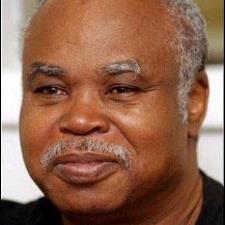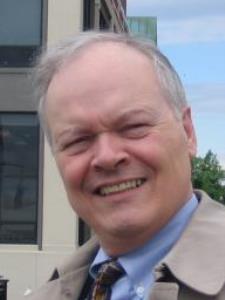
Jen C.
asked • 02/09/14need step by step instruction about how to solve this problem
4 Answers By Expert Tutors
Arthur D. answered • 02/09/14
Forty Year Educator: Classroom, Summer School, Substitute, Tutor

Charles G.
02/17/14

Arthur D.
02/17/14

Steve S.
02/17/14

Arthur D.
02/18/14

Steve S.
02/18/14

Vivian L. answered • 02/09/14
Microsoft Word/Excel/Outlook, essay composition, math; I LOVE TO TEACH

Charles G.
02/17/14

Parviz F. answered • 02/09/14
Mathematics professor at Community Colleges

Charles G.
02/17/14

Steve S. answered • 02/09/14
Tutoring in Precalculus, Trig, and Differential Calculus
Still looking for help? Get the right answer, fast.
Get a free answer to a quick problem.
Most questions answered within 4 hours.
OR
Choose an expert and meet online. No packages or subscriptions, pay only for the time you need.





Vivian L.
02/09/14